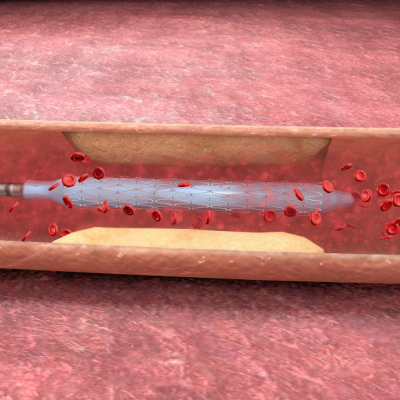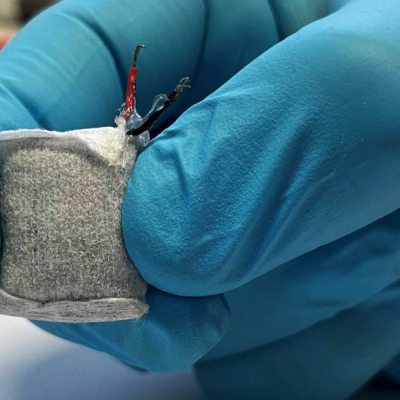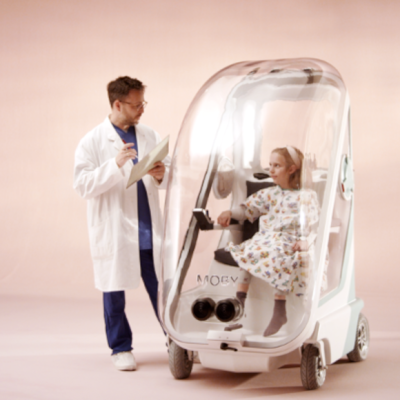A new mini-robot has been developed that can move precisely through the human body. The system is expected to place medications accurately in the future. Scientists at the Max Planck Institute for Intelligent Systems (MPI-IS) in Stuttgart, Germany, have created a mini-robot that can move specifically through the human body. While other soft robots can also handle complex environments wirelessly, they have not been able to adhere to unstructured three-dimensional surfaces and remain there for an extended period. According to their publication in the journal Science Advances, the researchers had to develop a new technique that allows their 3.7 mm long, 1.5 mm wide, and 150-micrometer (?m) thin robot to move on different surfaces and adhere to them.
The robot must also be able to maintain its position even when fluids are flushed over it. The researchers solved this problem with a movement method similar to that of a small caterpillar. In certain situations, these insects move only with their body ends. One end of the body is used for movement, while the feet of the other end hold or release the caterpillar on the surface. Instead of mechanical feet, the MPI-IS soft robot uses micro-spikes at both ends. These can penetrate mucus layers in the body and fix the robot. The use of the bio-adhesive substance chitosan based on chitin further enhances adhesion. The mini-robot can thus hold onto wet surfaces permanently.
The robot’s targeted movement is controlled by an external magnetic field that deforms and moves the elastic ferromagnetic robot. The robot can be detached by a targeted rotation in the body. The robot has been tested in the lungs and digestive tract of a pig, where it was able to reach its target position and fix itself there. The robot was also able to transport objects up to 20 times its weight through the body. According to the developers, the system could precisely deliver medications to their destination in the body in the future. It is also possible that the robot could perform biopsies.
In conclusion, the development of this mini-robot is a significant breakthrough in the field of medical technology. The robot’s ability to move precisely through the human body and adhere to different surfaces opens up new possibilities for targeted drug delivery and other medical procedures. The use of an external magnetic field to control the robot’s movement is also a promising development that could lead to more precise and less invasive medical procedures in the future.










